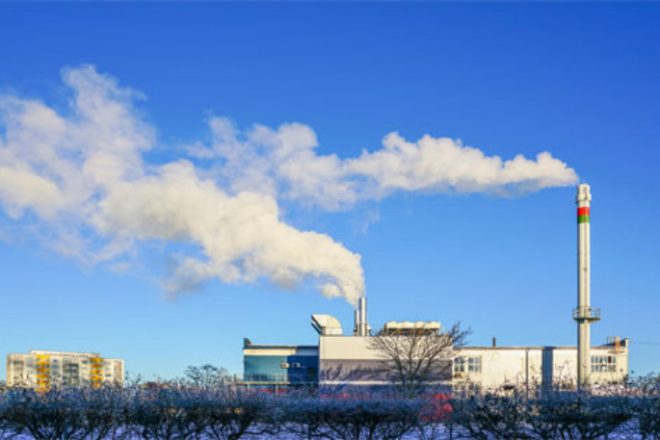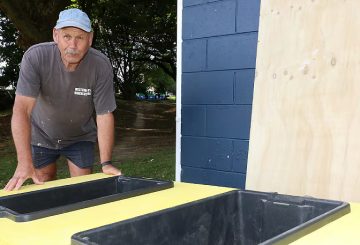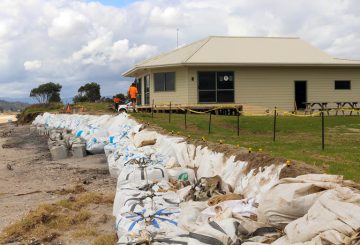一份报告表明,新西兰农场可以通过从当地矿山采购普通肥料而不是进口 “血磷酸盐” 来减少温室气体排放。该报告由矿业公司L&M集团和咨询公司Agribusiness Group撰写,由公共资助的 “我们的土地和水” 国家科学挑战赛资助。
磷酸盐约占新西兰使用的肥料的一半,它可以帮助植物生长,但如果过度使用,也会污染水道。新西兰和英国的作者进行的一项国际研究表明,全球许多农民使用过多的磷酸盐,造成不必要的污染。同时,其他人的用量不足以最大限度地提高土地的粮食产量。该研究还警告说,磷酸盐不可再生,应更谨慎地使用,以保持500年以上。
2021年,新西兰是全球第九大磷酸盐进口国,进口量约70万吨。其中一半以上来自摩洛哥,其次是多哥和中国。Stuff在2018年进行的一项调查显示,摩洛哥的磷酸盐供应与西撒哈拉长期的人道主义危机有关,西撒哈拉是摩洛哥在1970年代吞并的地区。
这项新西兰研究于12月完成,探讨了在当地开采磷酸盐的可能性,L&M集团一直在研究这一想法。该报告称,在新西兰开采磷酸盐所产生的全球变暖影响大约是目前农民使用的进口化肥的开采和运输所造成全球变暖影响的一半。
该报告还强调了当地采矿的道德利益,指出这将有效解决与使用来自西撒哈拉的 “血磷酸盐” 相关的政治和社会问题。但是,它承认,露天采矿,类似于开采石灰石,会对环境产生影响。
该报告还表明,新西兰有可能生产一种释放速度较慢的肥料,这种肥料不太可能冲入湖泊、河流和含水层。根据新西兰统计局的数据,64%的河流长度的磷浓度处于构成环境风险的水平。
L&M 集团已在克拉伦登、奥塔哥、北坎特伯雷和凯库拉发现了潜在的磷酸盐矿床。






























































